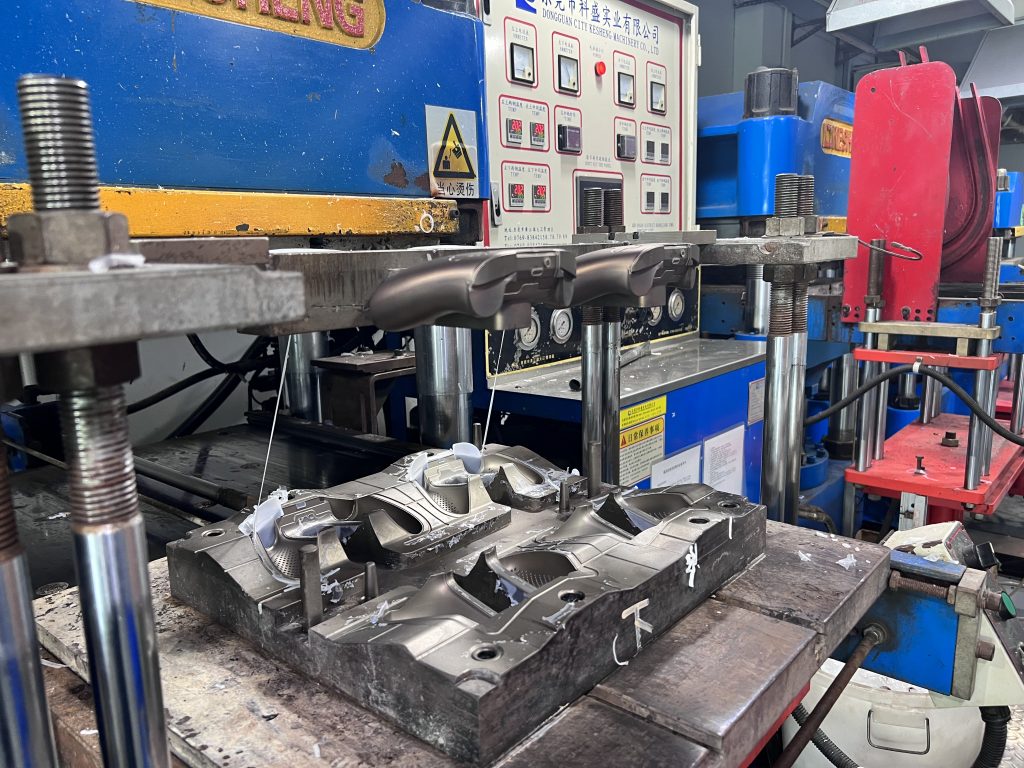Section 1: How Silicone Compression Molding Works
Silicone compression molding involves mixing silicone rubber compounds and then compressing them into molds. The molds are then heated, and pressure is applied to make the material adhere to the mold’s shape. The silicone material is then cured under high pressure and heat to create a durable final product. The process allows for the flexibility to create complex geometries and intricate details on the final product.
Section 2: Benefits of Silicone Compression Molding
One of the benefits of silicone compression molding is its ability to produce small to medium volume productions cost-effectively. With this method, you can quickly create complex designs without having to invest in expensive tooling and manufacturing equipment. The process is also ideal for producing equipment with high thermal stability, flexibility, and chemical resistance, making it suitable for use in the aerospace, automotive, and medical fields.

Section 3: Choosing the Right Silicone Material
Silicone compression molding requires choosing the right silicone material. The type of silicone chosen can impact the final product’s quality, durability, and functionality. Silicone materials vary in their durometer (hardness) and other physical properties. For instance, a material with high durometer offers better resistance to compression, while low durometer material may provide better elongation and flexibility. Choosing the right silicone material depends on the final product, its application, and desired performance.
Section 4: Quality Control and Testing
Quality is key in silicone compression molding to ensure consistency in parts produced. That’s why quality control and testing are integral in the process. Testing can include inspecting parts produced for their hardness, size, accuracy, and appearance, among others. Quality control measures during the production process can help avoid defects, improve cycle times, and optimize production yields.
Conclusion:
Silicone compression molding is a versatile manufacturing method that offers a range of benefits to mechanical engineers, buyers, and designers. The process allows for the creation of complex designs, small to medium volume productions, and high-quality products with excellent thermal stability, flexibility, and chemical resistance. Choosing the right silicone material is essential, as is ensuring quality control and testing procedures to optimize final product quality. Understanding the process and its benefits can help you determine whether silicone compression molding is right for your next project.